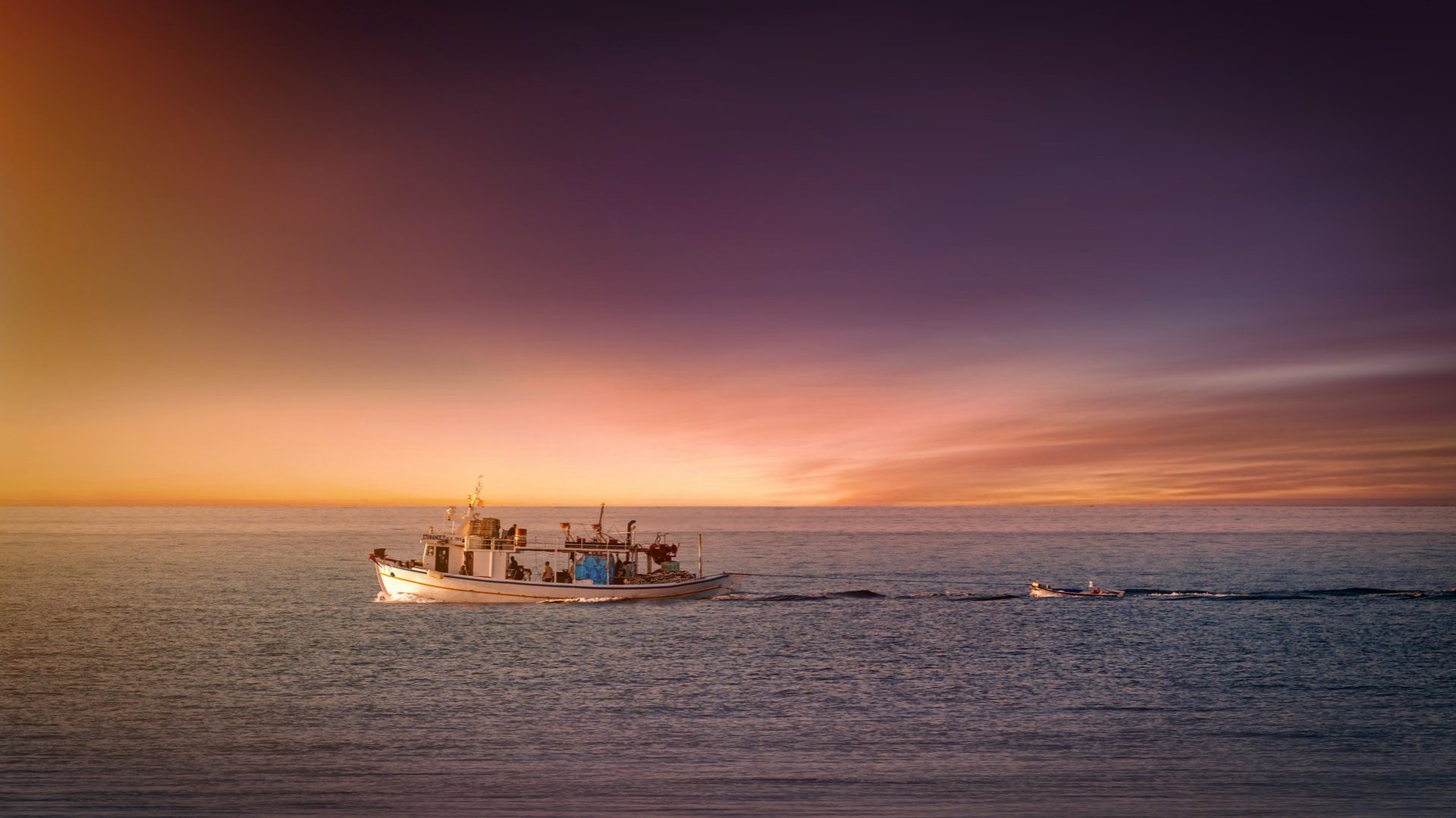Some species are scarce in lakes and can only be found under particular geographical and climatic conditions. The biggest challenge of catching a rare fish is how to locate it. Learn more about specific types of fish and where to find them so you can fish for them someday.
Spotted Gar
The adult spotted gar weighs 9-12lbs and lives in temperatures between 63° to 78°. It is named after its dark spots covering a light-colored torso. This species can only be found in quiet and crystal clear backwaters. They prefer slow-moving rivers, sloughs, and creeks. It is hard to catch one using a hook and line, so you should try spear fishing or bow fishing. Since it is a predator, the spotted gar feeds on crustaceans, frogs, and other fishes.
Tiger Muskellunge
Tiger Muskie is a crossbreed of the northern pike and the musky. The ideal temperature for its survival is between 58 and 70 degrees Celsius. A fully developed Tiger Muskie weighs around 51lbs. The adults are often sterile though most females are very fertile. The non-hybrid muskies are bigger, and they tend to grow fast, developing a silvery body with brown tail and fins. They have no spots, but you’ll notice some broken markings spread vertically. Young ones feed on any fish, birds, or frogs. They are very proficient in ambushing prey. To catch a tiger muskellunge, you need big lures and thick lines. Once the fish hits the attractor, it will try to fresh-cut the bait. Beware of their exceptionally speedy and short runs. Some of the best places to find a tiger muskellunge include outside weed edges, shallow waters, and submerged vegetation. When the temperatures rise in summer, they relocate to cooler waters.
Chain Pickerel
Other names for chain pickerel are eastern pike, jackfish, and jack. The freshwater fish with a standard weight of around 9lbs inhabits waters in the 62° to 70°C temperature range. The most identifiable features of the chain pickerel are chain-like streaks on the sides. Their main source of food is smaller fish that they like to ambush. Humans can eat chain pickerel, but it is not the best fish meal you can have. Catch one using a replica of a fish or live cut baits. But be careful of the sharp teeth when handling.
Bowfin
Most people know bowfin as mudfish, mud pike, dogfish, and swamp bass. You will find it in waters with a temperature range of 68° to 82°C. It means most warm regions are perfect habitats for bowfin. The fish has an extra-long dorsal fin made of 50 spines extending back to the tail. The eyespot is located close to the upper tail. Handle the bowfin with caution as they have a nasty disposition when disturbed, and their teeth are very sharp. Use crayfish or cut bait to catch them.



